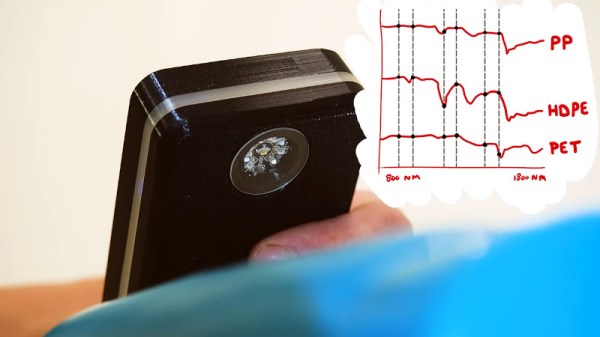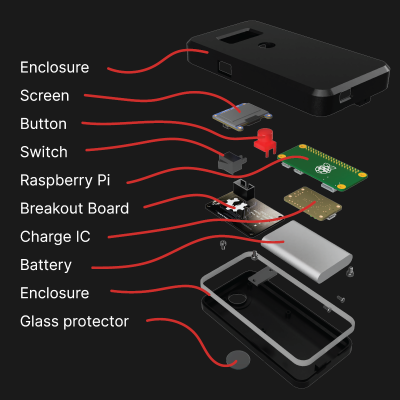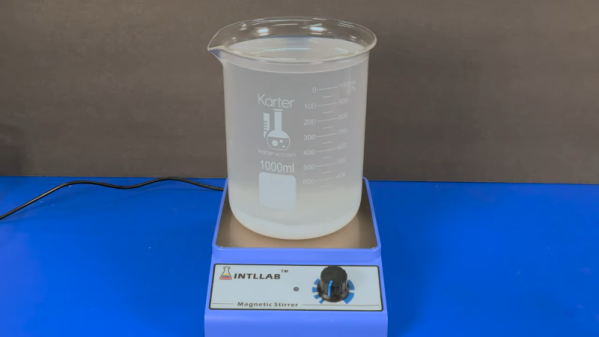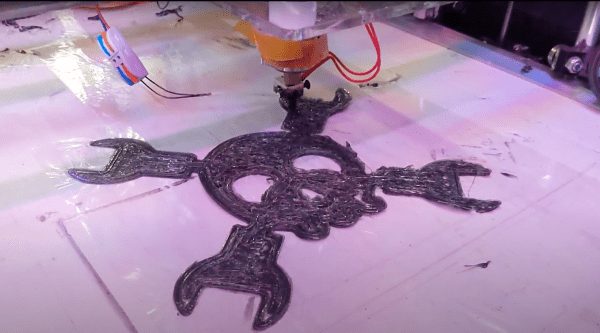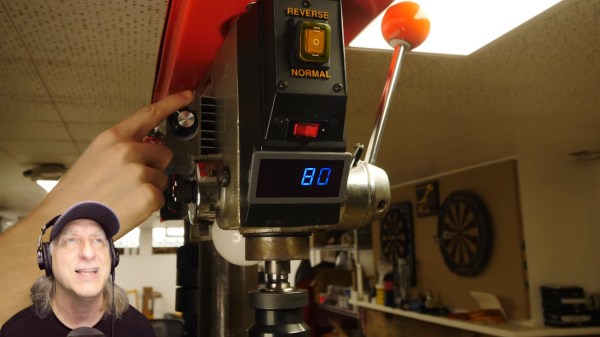Thermoplastics are great, because you can melt them down and reform them into whatever you like. This is ably demonstrated by [The Q] by recycling old soda bottles into usable 3D printer filament.

Soda bottles are usually made out of PET plastic, or polyethylene terephthalate, which is one of the most popular thermoplastics in modern society. A soda bottle can be cut into a continuous long, thin strip with the use of a simple hand-operated machine that slices the bottle with a blade. This strip of plastic can then be fed through a heated nozzle in order to produce filament for 3D printing. [The Q] demonstrates both parts of this process, including using a motorized reel to take up filament as the bottle material is fed through the extruder.
The filament is then demonstrated by printing tiny versions of soda bottles. [The Q] fills these with soda and gives them the appropriate lids and labels for completion’s sake. It’s a neat way to demonstrate that the filament actually works for 3D printing. It bears noting that such prints are almost certainly not food safe, but it’s really a proof of concept rather than an attempt to make a usable beverage container.
Like similar builds we’ve seen in the past, the filament is of limited length due to the amount of plastic in a single bottle. We’d like to see a method for feeding multiple bottles worth of plastic into the extruder to make a longer length spool, as joining lengths of filament itself can be fraught with issues. Video after the break.
Continue reading “Recycling Soda Bottles Into Filament To Print Smaller Soda Bottles”


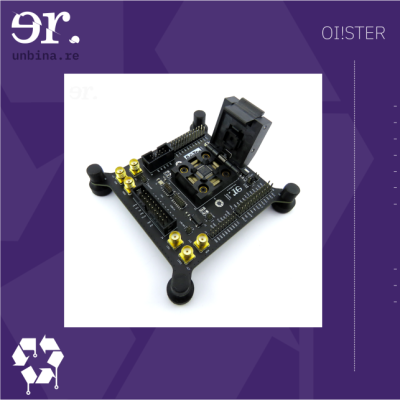 Unbinare’s tools are designed to work in harmony with each other, a requirement for any productive reverse-engineering effort. OI!STER is a general-purpose salvaged MCU research board, with sockets to adapt to different TQFP chip sizes. This board is Maurits’s experience in reverse-engineering condensed into a universal tool, including a myriad of connectors for different programming/debugging interfaces. We don’t know the board’s full scope, but the pictures show an STM32 chip inside the TQFP socket, abundant everywhere except your online retailer of choice. Apart from all the ways to break out the pins, OI!STER has sockets for power and clock glitching, letting you target these two omnipresent Achilles’ heels with a tool like ChipWhisperer.
Unbinare’s tools are designed to work in harmony with each other, a requirement for any productive reverse-engineering effort. OI!STER is a general-purpose salvaged MCU research board, with sockets to adapt to different TQFP chip sizes. This board is Maurits’s experience in reverse-engineering condensed into a universal tool, including a myriad of connectors for different programming/debugging interfaces. We don’t know the board’s full scope, but the pictures show an STM32 chip inside the TQFP socket, abundant everywhere except your online retailer of choice. Apart from all the ways to break out the pins, OI!STER has sockets for power and clock glitching, letting you target these two omnipresent Achilles’ heels with a tool like ChipWhisperer.